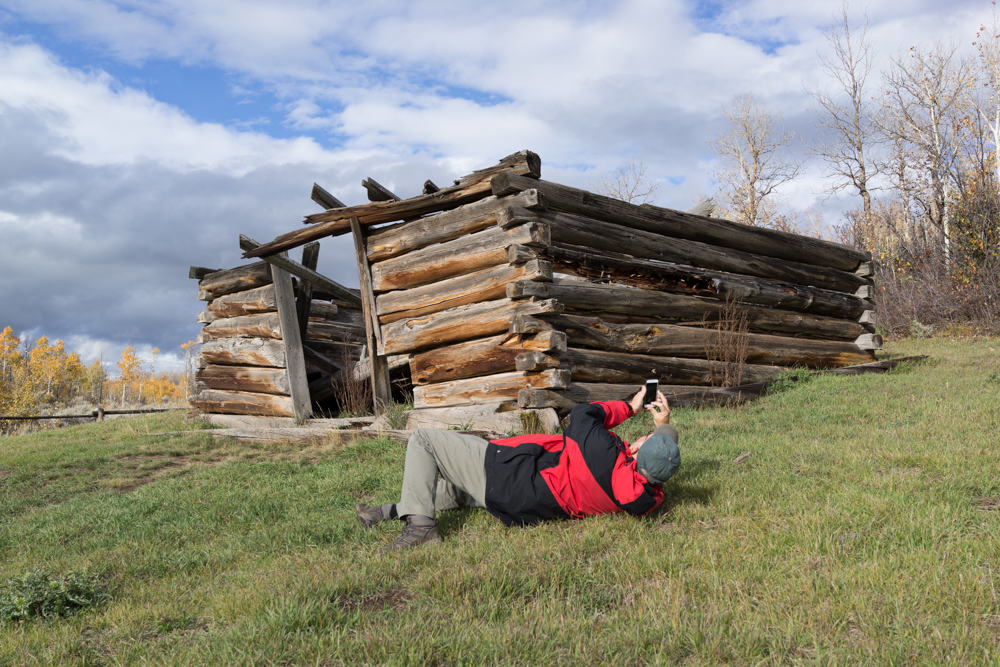Share
Put the Camera Down: Photography & Social Proof
At any tourist spot, restaurant, or concert nowadays, you’re bound to witness a sea of smartphones & selfie sticks. Everyday, millions of pho...

At any tourist spot, restaurant, or concert nowadays, you’re bound to witness a sea of smartphones & selfie sticks. Everyday, millions of photos are captured and posted to social media of the same mundane scenes, the majority of which will never be seen by more than a handful of people. And why?
In her seminal tome, On Photography, Susan Sontag wrote, “Photographs furnish evidence…a photograph passes for incontrovertible proof that a given thing happened.” That seemingly meaningless photo posted online acts as social proof in a way that tweeting your presence does not; even if the photo is indiscernible.
Why do we care so much to create proof of our presence? Are we bad tourists for simply experiencing the sights and sounds of a distant place? Are we terrible parents for not recording every recital even when a professional has been hired expressly for that purpose?
“My daughter was having a dance thing at her school…every single parent was blocking their vision of their actual child with their phone…and everyone is watching a shitty movie of something that’s happening 10 ft [in front of them] – it’s like, ‘Look at your fuckin’ kid!’ The resolution on the kid is unbelievable!”
– Louis C.K., Oh My God
Sontag wrote, “…to photograph is to confer importance.” Sadly, she passed away before the rise of social media and vernacular photography. It would have been interesting for her to opine on the relevance and value of essentially infinite photos, or the ephemeral photo as exemplified by Snapchat.
I suspect our predilection with creating social proof through photos is rooted in a few key pathos:
- We are hopelessly addicted to our phones. We’re immersed in a cultural anxiety over silence, boredom and our own thoughts, and the mere hint of these feelings causes us to reach for the 21st century security blanket.
- We seek the validation of others. The “Like” is online dopamine lever, calibrated for each individual. You might receive, on average, 10 likes or 100,000 likes. Any negative deviation from the norm induces a sense of self-doubt.
- But photos have become non-precious in the past decade. In the film era, photos were precious because they were rare owing to the high cost in time and money to produce them. The advent of digital photography at the turn of the millennium reduced the cost, but not the friction of sharing. The ubiquity of social media reduced the friction, and in conjunction with the sheer number of photos, turned them into a visual language.
Thus, social proof via photography shouldn’t necessarily be interpreted as better evidence of a thing happening; yet it is. And the rise of the selfie only strengthens visual evidence. Although the selfie was originally derided as a narcissistic endeavor, I would argue that a growing percentage are evidentiary in nature.
Perhaps: I photograph therefore I am. But still, sometimes life is best experienced irl. Look around, the resolution on your life is unbelievable!



